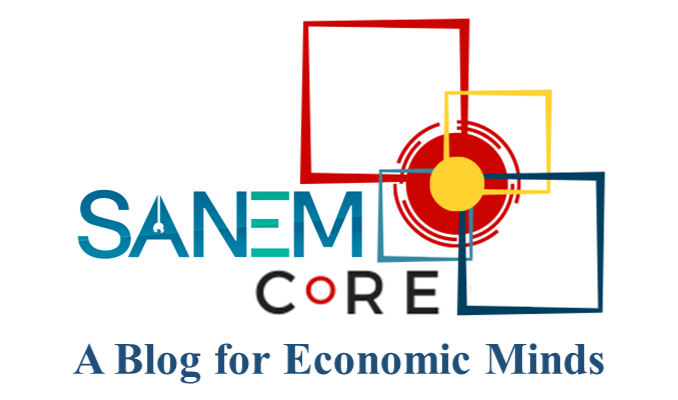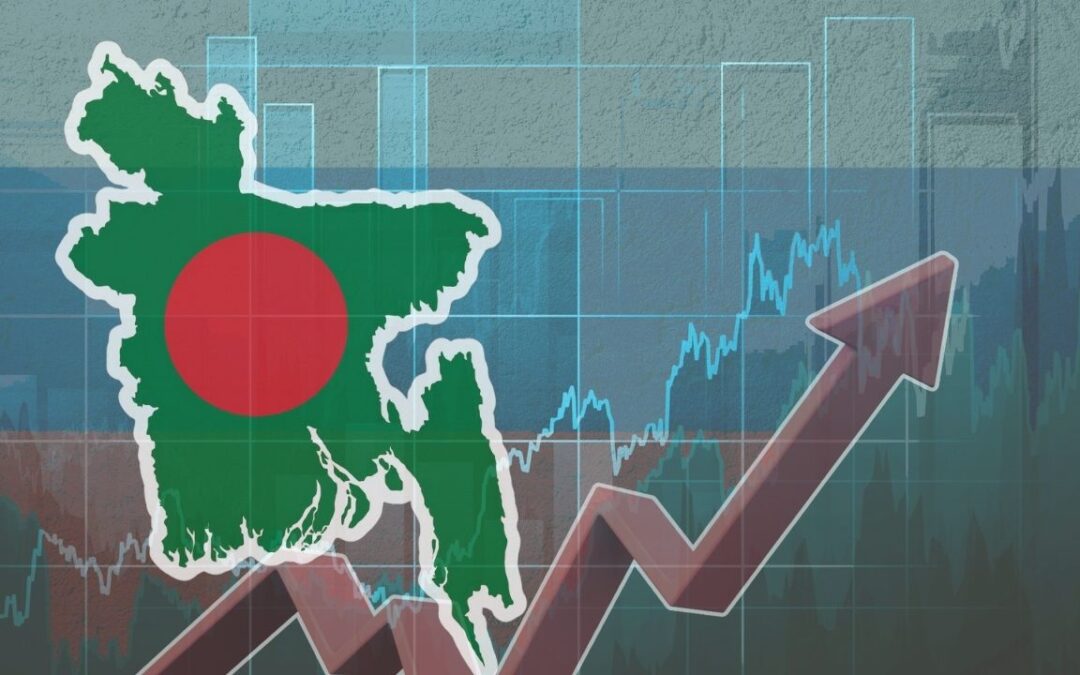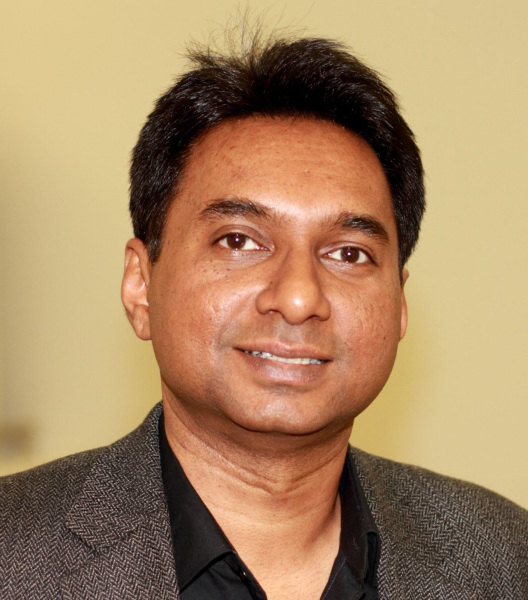Bangladesh stands at a crossroads—again. The economy, once the envy of the developing world for its steady growth and poverty reduction, is now caught in a slow, uncertain transition. Growth has weakened, private investment has stalled, the poverty situation has regressed, and job creation has lost momentum. Inflation has stayed stubbornly high for more than two years, eating into real incomes and eroding the fragile middle class that took decades to build. What is more worrying is that this economic illness coincides with an uncertain period of political and institutional transition.
The truth is plain. Bangladesh needs a short, sharp, and actionable two-year economic recovery agenda—a plan that stabilizes, restores, and prepares the economy for a more ambitious reform phase beyond 2027. In other words, the economy needs a landing pad before it can take off again.
A time of transition and drift
The political change of August 2024 raised hopes for renewal. The interim administration commissioned a White Paper Report to investigate what went wrong in the past and a Task Force Report to chart a reform path. These documents diagnosed familiar ills—weak fiscal capacity, fragile banking governance, regulatory uncertainty, declining export competitiveness, and, above all, regressed economic and political institutions in the forms of acute corruption and deeply embedded cronyism in the system. All these analyses were sound; the problem, as always, is translation—turning knowledge into policy and policy into action. Unfortunately, the interim government hasn’t been able to launch any major reform momentum based on the suggestions of these two committee reports.
For too long, Bangladesh has relied on growth momentum generated by remittances and ready-made garments. Those engines are now losing steam. Private investment as a share of GDP has remained almost unchanged for a decade. New jobs are scarce, especially for the youth, whose frustration is visible in the social mood. The external sector, meanwhile, faces a double bind: limited diversification on the one hand, and growing vulnerability to global shocks on the other.
In short, the economy has lost its rhythm. What it needs is a focused, time-bound recovery plan anchored in a realistic political economy understanding of what can actually be implemented in the next two years.
The urgency of a two-year plan
Why two years? Because Bangladesh faces a compressed timeline. There is an expectation for a general election in February 2026, which means a newly elected government will take the driving seat. The country is set to graduate from the LDC group in 2026, losing several preferential trade and financing facilities. Global headwinds – tight monetary conditions, geopolitical realignments, and volatile commodity prices – are adding to the pressure. Domestically, institutional inertia and public mistrust have deepened.
Therefore, the next 24 months for the new government from early 2026 must be treated as a bridge period – long enough to make meaningful progress, short enough to maintain urgency. The focus should be on implementing practical, high-impact measures that can restore confidence in the economy. In simple words, Bangladesh needs a compact recovery contract between the state, business, and citizens.
Stabilization comes first
Any recovery agenda must begin with macroeconomic stabilization. Persistent inflation – hovering near or above 9% – has been the single biggest drain on public trust. Price stability is not just a technical issue; it is a political and social necessity. Containing inflation requires both discipline and coordination – tightening monetary policy, prudent fiscal policy, rationalizing subsidies, and improving supply chain management for essentials.
Fiscal policy needs a dose of realism. The tax-to-GDP ratio, stuck below 8%, severely limits public investment capacity. The two-year plan should focus on visible, implementable tax measures – expanding the VAT net through digital compliance, expanding income tax nets, reducing exemptions, and accelerating the automation drive at the NBR. This is the time for credible actions that can raise revenue by at least one percentage point of GDP within two years.
Equally, expenditure must be reprioritized. Projects with poor cost-benefit profiles should be paused, freeing resources for health, education, and social protection. The logic is clear – in times of fiscal stress, governments must spend not more, but smarter.
Unblocking the investment pipeline
If stabilization is the first pillar, investment revival is the second. Over the past decade, Bangladesh’s private investment has hovered around 22–23% of GDP – far below what is needed to sustain 7 to 8% growth. The reasons are well known – cumbersome regulations, policy unpredictability, weak contract enforcement, and costly and unpredictable energy supplies.
As a part of the two-year recovery plan, the government could launch a “One-Stop Fast-Track Investment Desk” within the Bangladesh Investment Development Authority (BIDA), mandated to process large and medium investments within a fixed timeline.
Equally critical is financial sector repair. The banking system’s fragility – manifested in high non-performing loans, politically connected defaulters, and poor supervision – has choked credit to productive sectors. Restoring discipline will take time, but immediate steps like publishing a transparent NPL list, tightening loan rescheduling rules, and improving Bangladesh Bank’s independence would send a powerful signal.
Building resilience and inclusion
Economic recovery cannot just be about aggregate numbers; it must address the lived realities of citizens. Over the past three years, real wages have stagnated, while the cost of living has soared. Social protection coverage remains patchy and fragmented. A recovery plan, therefore, must include a short-term “economic relief package” that strengthens safety nets and protects purchasing power.
Digitally targeting cash transfers, subsidizing basic food items through smart cards, and expanding employment programs in rural areas can ease the pressure on low-income households. Beyond safety nets, the agenda should focus on building the foundation for a “productive inclusion ”strategy”—linking vocational skills, MSME financing, and local infrastructure. In this sense, recovery and reform are not opposites; they are sequential steps of the same process.
A call for realism—and determination
The coming months will test Bangladesh’s resilience. Political uncertainty is real; global shocks are beyond control. But paralysis is not an option. From this perspective, a two-year recovery agenda offers both a cushion and a compass—it cushions the economy from immediate shocks while steering it toward deeper reforms.
The country cannot fix everything in two years, but it can start fixing something—and that would be progress. Restoring economic stability, unlocking investment, protecting citizens, and signaling credible reform—these four priorities should define the recovery agenda.
Every crisis hides an opportunity. The question is no longer what needs to be done, but whether we have the determination to do it.



RECENT COMMENTS